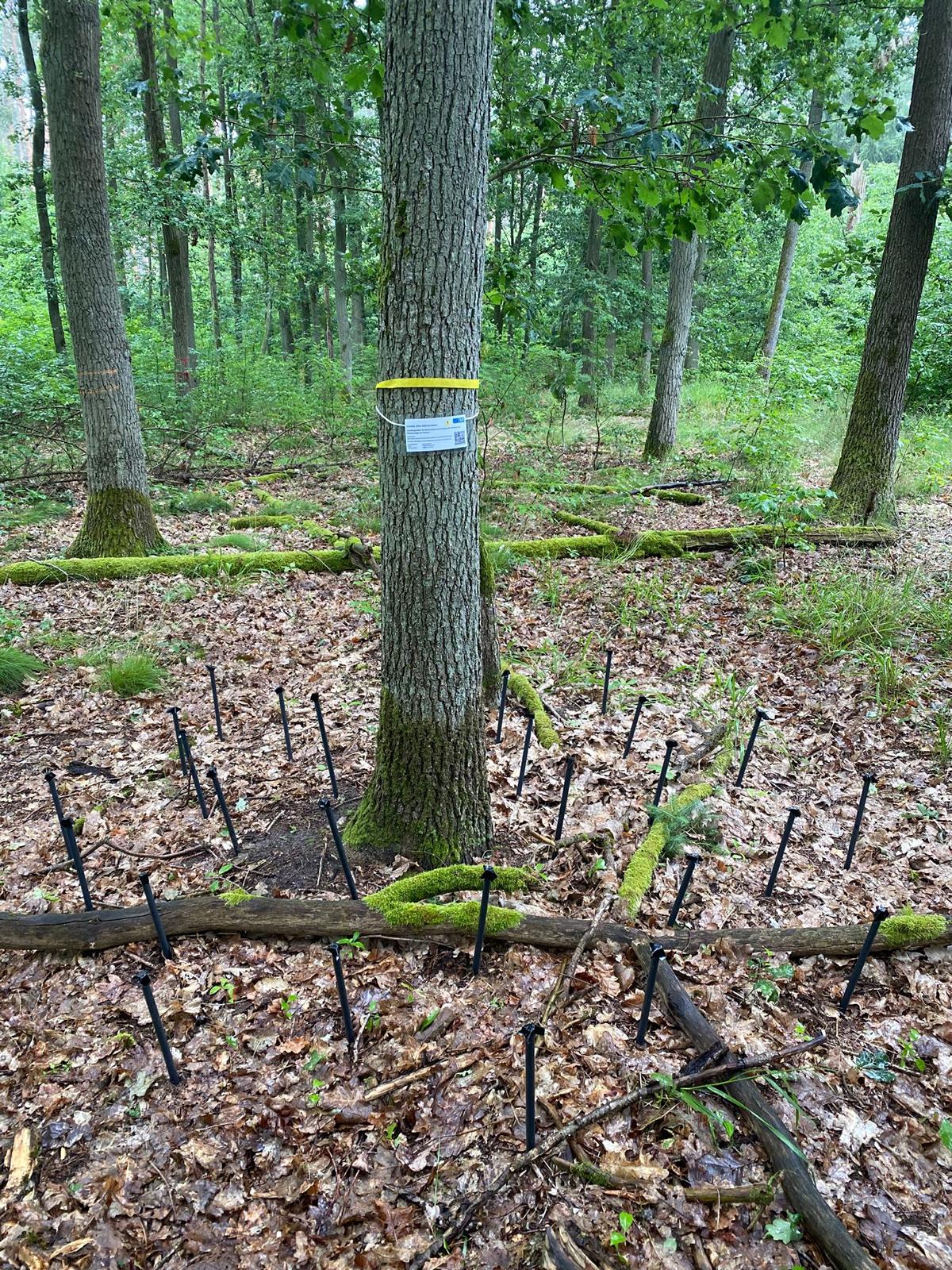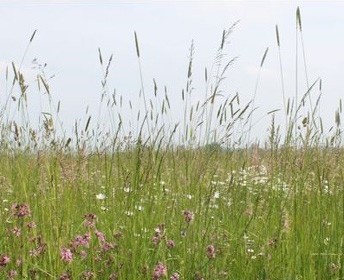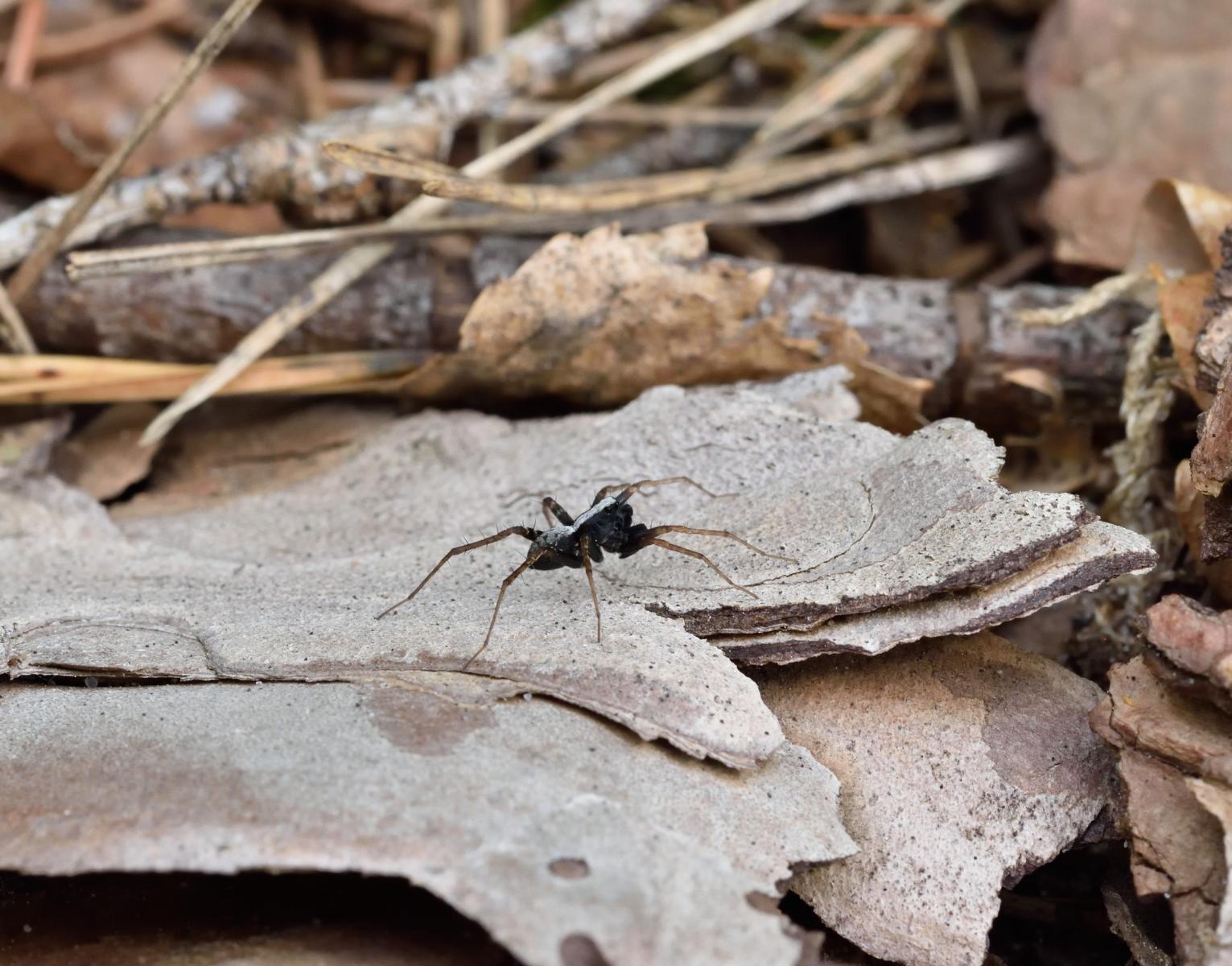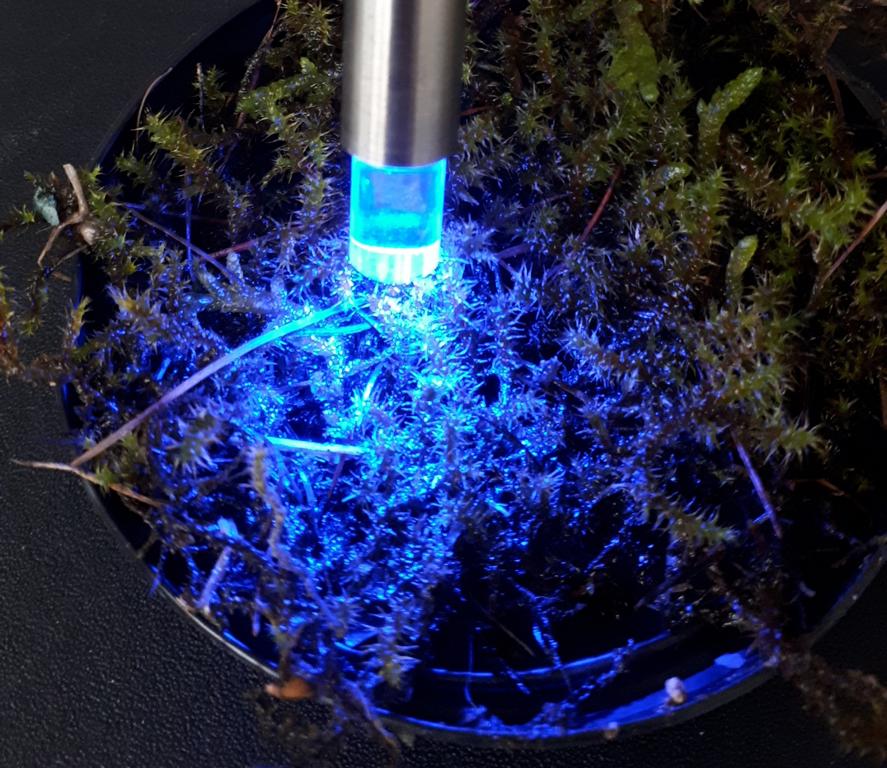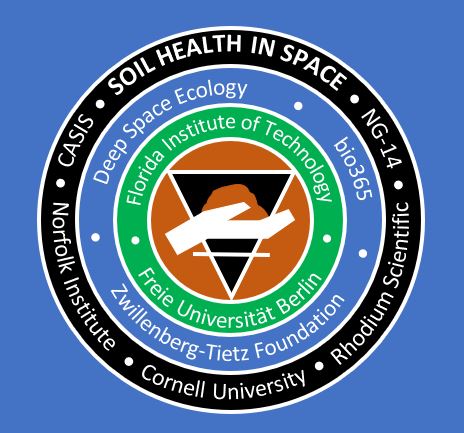Forest structures under drought stress: influence on tree growth, microclimate and soil life
Prolonged periods of drought, which are occurring more frequently, have led to unprecedented levels of tree mortality across Germany. These recent events have greatly accelerated forest restructuring, whereby the forestry and timber industry is ...


